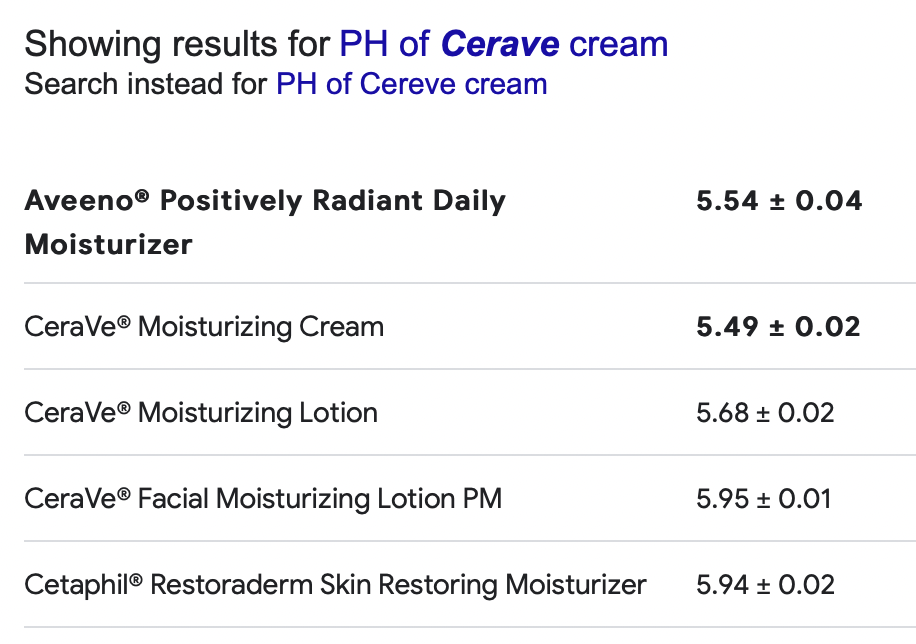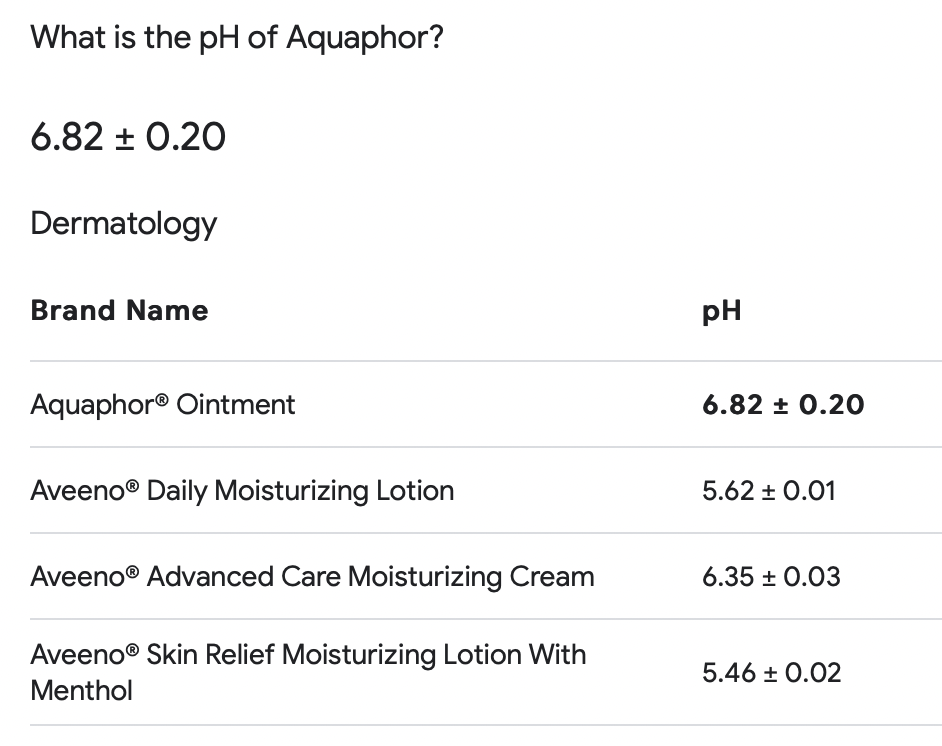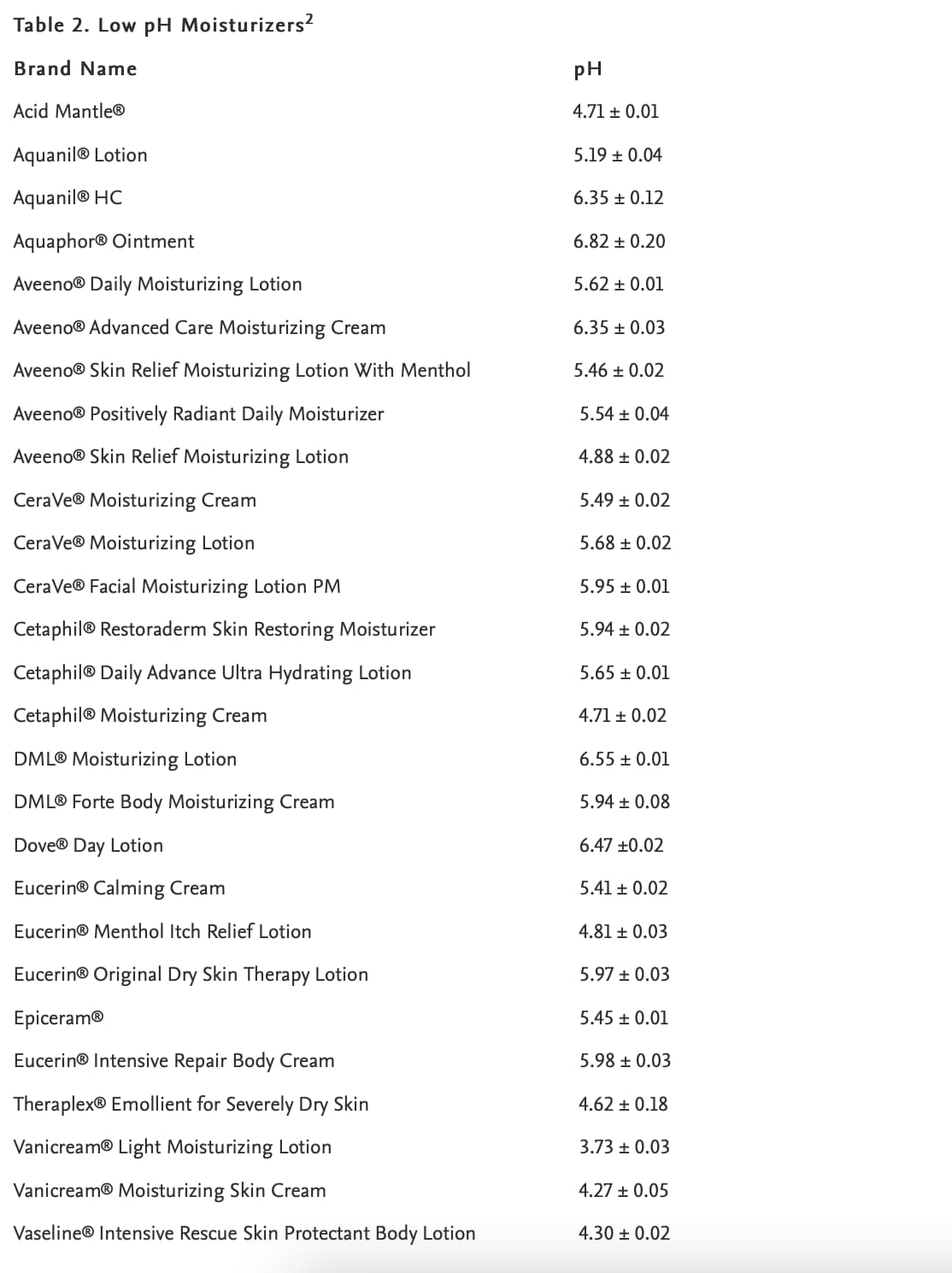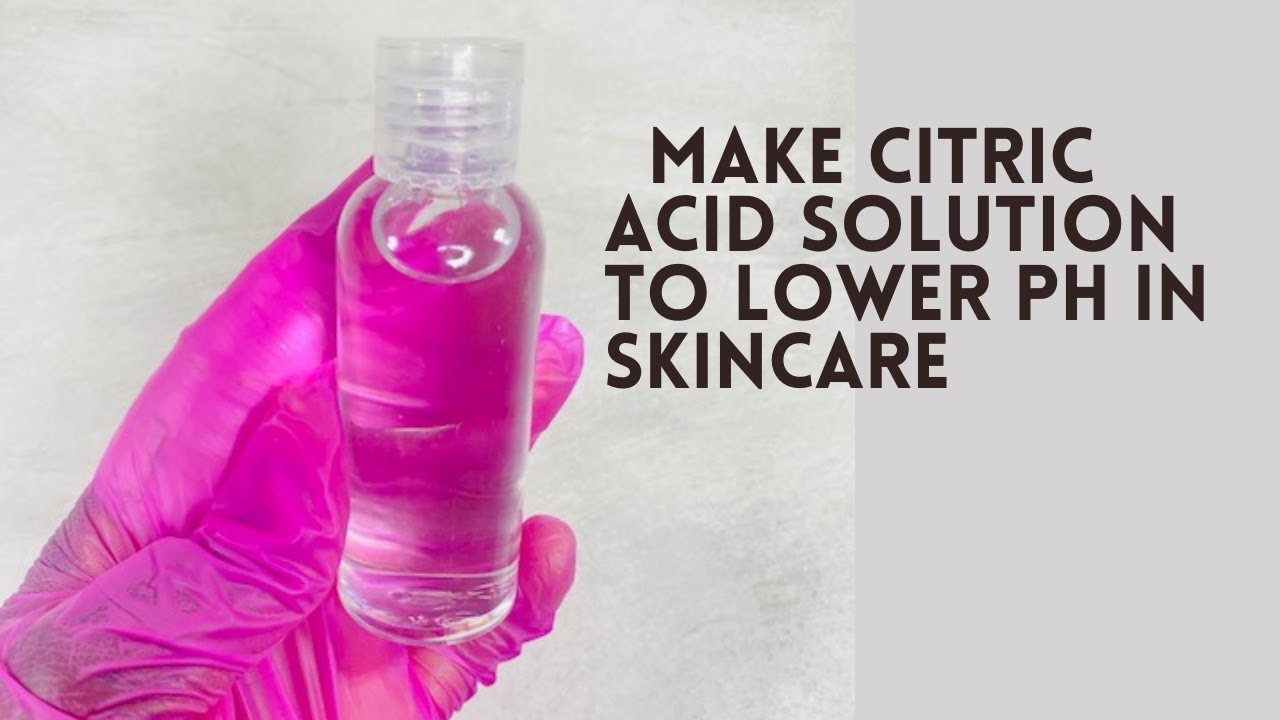Update: I have been using dasatinib, 50mg crushed and dissolved in 20 mL “Real Lemon” juice first, then adding ~20mg transcutol and 60 mL of distilled water, for about 2 weeks. It has been dramatically more encouraging than the rapamycin spray. Maybe it’s the “Real Lemon” juice? I don’t know but I am making a new batch and upping the amount of dasatinib to 100mg/100mL of mixture.
The general effect is a clearing and smoothness of skin along with tightening. Permanent tightening of the skin is what I am looking for. I am about ready to make a huge batch and take a bath in it. ![]()
I would be personally cautious about it being really acidic. You could alternatively try a solution of sodium citrate which is mildly alkaline.
In the end, however, the citrate ion is much the same in lemon juice.
I am not a chemist, so I am operating a little blind here. Dasatinib is soluble in DMSO, which I am not particularly fond of, I prefer Transuctol.
“Dasatinib is sparingly soluble in aqueous buffers. Its solubility in water is pH-dependent, ranging from 18.4 mg/ml at pH 2.6 to 0.008mg/ml at pH 6.0. It’s very poorly soluble in ethanol and water.”
I added a little lemon juice to lower the pH of the water a little bit.
This time I will start with a Transuctol and DMSO mixture because I would like to try a deeper penetration than I would get with Transcutol alone. (Did I mention that I am not fond of DMSO?)
So I am not going to make a solution of more than 10% DMSO by volume.
I will dissolve the dasatinib from crushed tablets in the DMSO/Transutol mixture first and then filter it thoroughly. Then I will add some distilled water and watch to see if anything precipitates out of the mixture. If I see no precipitate then I won’t have to add any lemon juice.
A mixture of 30% DMSO/Transcutol and 70% water doesn’t have any unpleasant effects on most people’s skin.
So, do you think I am barking up the wrong tree for my mixture?
I dont think you are barking up the wrong tree. I agree with keeping DMSO no higher than 10% DMSO is an interesting active molecule as well as a solvent. As you know i think the citrate in lemon juice has activity. I mainly have not particularly structured concerns about using acid on the skin. The pH is probably not that low, however.
I wonder if our friendly neighborhood biochemist @O_o (or anyone else here in our forums with some knowledge in this area) might have any comments on this, and if there might be a better way to lower the PH of transcutol so that it works better with dasatinib?
We know that Transcutol has a PH around 6, and we want to get it down around 2
Transcutol is chemically stable in neutral and alkali pH, with optimal formulation range of pH 4 to 9 . The pH of a 10% Transcutol solution is near neutral (6.6). Source: Skin Penetration and Permeation Properties of Transcutol®—Neat or Diluted Mixtures - PMC
Couldn’t we just add some amount of citric acid to the transcutol to mix with dasatinib.
Then once well mixed (e.g. 2 hours in an automatic mixer like this one: https://www.amazon.com/gp/product/B09YT1GLJ6/ref=ppx_yo_dt_b_asin_title_o05_s01
I notice that the CeraVe cream that I use has a PH of 6, so I guess that would be ok, and why it would be best to first mix it with low PH Transcutol, then mix that formulation into your hand cream of choice. Seems they are all optimized for a PH of 6 or so.
And I found this summary:
This video seems to cover what we want to do:
She was aiming for the 4.5-5.5 range. She started at 10.77 which is quite alkaline. I often get quite alkaline urine up to 9 and 9.5 pH.
I have not studied this in massive detail, but I think people are often better being a bit alkaline rather than too acid. Blood tends to aim at around 7.4 and urine is often more acid than that. Because I eat a lot of citrate my urine tends toward the alkaline and has been measured by a lab at 9 (at times). When I am monitoring it I use pH indicator strips which don’t give a precise number, but you can get a reasonably good idea to around half a unit. pH is a logarithmic scale based upon H+ concentration.
@Babster @SouthHill re; eczema; Having a reactive body (IMHO due to soy formula as infant), eczema has co factors and a systemic cause. Its an autoimmune problem. My experience and parallel reading on how to reduce eczema:
- Often untreated hypo-thyroid. Hypo thyroid is common, untreated, most Dr (all types) don’t know how to clinically diagnose and certainly not via blood tests (IMO). I treat with desiccated thyroid (NP since Armor is unavailable) till my TSH is <1 and free T3 mid to high range whiile monitoring rT3 for staying low.
- micro biom disfunction; the world of probiotics is still young. Take probiotics.
- food allergies!!! Do a 1 mo elimination diet; eliminating glutin, corn, oxalates (read Sally Norton Toxiic Super Foods).
- reduce stress. Easier said then done. ;(
In my experience addressing in chunks each of the above I keep my eczema tendencies in check.
Best of luck, curt
Thanks for your advice! Very much appreciated.
I am using white vinegar to lower the pH. Test strips needed for accuracy.
https://www.hunker.com/12472710/how-to-adjust-the-ph-of-water-with-vinegar
I only added a little lemon juice to my original mixture because I was afraid some of the dasatinib might precipitate out. Of course, adding water tends to neutralize the pH range. My mixture ended up being between 5 and 6. I am using pH strips so the accuracy isn’t great. This time I am doing a test to see if any of the dasatinib precipitates out when I add water to the filtered batch of dasatinib, DMSO, and Transcutol. My first batch using a little lemon juice felt quite pleasant to me and has had only positive effects in the two weeks I have been using it.
One age-reversing effect, and I think I can call it age-reversing, from using the original rapamycin mixture topically administered and taking rapamycin orally is a great reduction in age spots on the backs of my hands.
I was trying to dissolve crab shell powder for chitosan. I searched, and found some post that says ascorbic acid would dissolve it. It did.
Ascorbic acid in aqueous solution has a pH of less than or equal to 3.
The post about chitosan is not in the pdf. It was from a Twitter exchange.
Dissolving undissolvables? I have succeeded in dissolving fisetin in vodka (tip from a member of age reversal forum). Might try it for hair growth.
Only jumping in here to say if your batch has a mild ph then you’ll need a preservative or it will go bad fast. It might be smarter to make a concentrated base batch of very low PH and then when you’re ready to use it pour some in a spray bottle and add water until the ph rises to 5-6, that’s ready for use.
I think it’s better than using a preservative which is usually an irritant and will be absorbed if you use DMSO. But in very low ph conditions nothing can grow.
Can I ask why you don’t like DMSO? I’ve just made a batch of topical serum with dmso and rapa🤔
I think DMSO is good at 10% in water or less. Otherwise it causes some irritation. DMSO is, however, not inert itself.
See this commentary on DMSO and other penetration enhancers from a dermatology textbook: Rapamycin for Hair Growth and Hair Pigmentation - #320 by RapAdmin
desertshores, It’s approaching 3 months since your last post on dasatinib. Do you have anything to report at this time? Thanks.
I think I may have posted on another thread.
My experience has been that my dasatinib spray has been overall more effective than externally applied rapamycin. It does, IMO, produce a very clear skin with some skin tightening. I think it is something that would help Dr Brad Stanfield’s skin. He is using everything but the kitchen sink with results that aren’t that great.
I would use it if Trancutol wasn’t available. DMSO is known to be hard on the skin structure.
It can also carry contaminates into the bloodstream. Plus I don’t like the funky aftertaste in the mouth after using it.
What is the best strength for skin rejuvination?
Who knows? My latest batch is 100mg dasatinib mixed in a 100cc DMSO, Transcutol, and water solution.
I mixed a little DMSO in this time because I was low on Transcutol.
My next batch will be 200 mg of dasatinib in 100cc of water and Trancutol.



